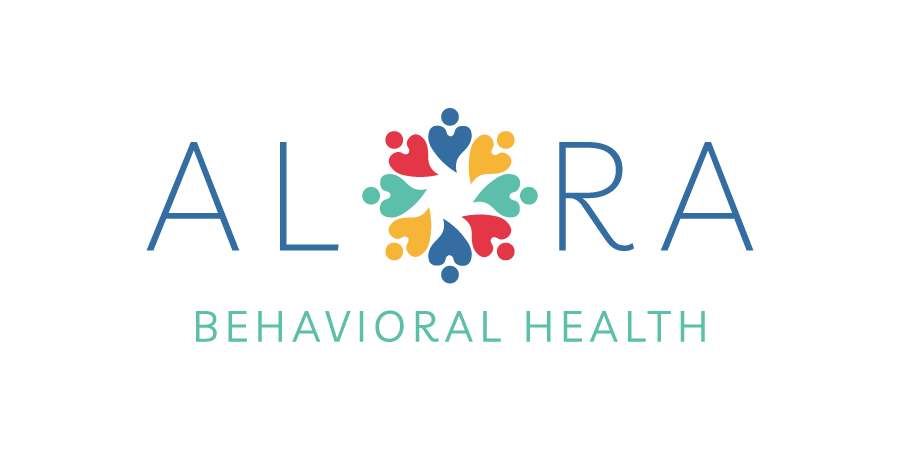Change can be challenging for any child — but for children with autism or developmental delays, transitions between activities, environments, or life stages can feel especially overwhelming. Whether it’s moving from playtime to dinnertime, starting a new school, or adjusting to a new routine, managing transitions is a critical skill for long-term growth.
ABA therapy (Applied Behavior Analysis) provides targeted strategies to help children navigate changes more successfully, reducing stress and promoting confidence. Here’s how:
Why Transitions Matter
Transitions aren’t just about shifting from one task to another. They involve emotional regulation, flexibility, and communication.
Without support, transitions can lead to frustration, anxiety, and even behavioral challenges. Teaching transition skills helps children feel more secure and capable, both now and in the future.
How ABA Therapy Supports Transitions
1. Clear Expectations and Predictability In ABA therapy, routines are often established and reinforced to create predictability. Visual schedules, countdowns, and simple verbal cues are tools therapists use to prepare a child for what’s coming next. Predictability lowers anxiety by giving children a clear understanding of what to expect.
2. Step-by-Step Preparation
Transitions are broken down into smaller, manageable steps. Instead of expecting a child to switch immediately from playing to getting ready for bed, a therapist might teach smaller steps:
- Put toys away
- Walk to the bathroom
- Brush teeth
By teaching one step at a time, the child gains confidence and builds success gradually.
3. Positive Reinforcement
When a child successfully transitions, they’re praised or rewarded in ways that are meaningful to them (like a high-five, a sticker, or access to a favorite toy). Positive reinforcement helps children associate transitions with positive experiences, making future changes easier.
4. Teaching Flexibility
Part of ABA therapy focuses on helping children become more adaptable when plans change. Therapists may create learning opportunities that gently shift routines — with lots of support — to build resilience and flexibility over time.
5. Social Stories and Visual Supports
Tools like social stories and visual supports help explain transitions in a way that’s easy to understand. A social story about “What Happens at a New School” or “Going to the Doctor” can help children mentally prepare for upcoming changes.
Everyday Examples of Transition Support
- At home: Visual charts that show the morning routine (wake up, get dressed, eat breakfast).
- At school: Warning signals (like a timer or song) to indicate that it’s almost time to switch activities.
- In therapy: Practicing “first/then” language (e.g., “First we clean up, then we read a book.”)
Final Thoughts
Managing transitions is a life skill — one that empowers children to feel capable, secure, and ready for whatever comes next.
Through individualized support, clear communication, and lots of encouragement, ABA therapy helps children navigate change with greater confidence and success.
If you’d like to learn more about how ABA therapy can help support your child’s growth through life’s transitions, visit Alora Behavioral Health
